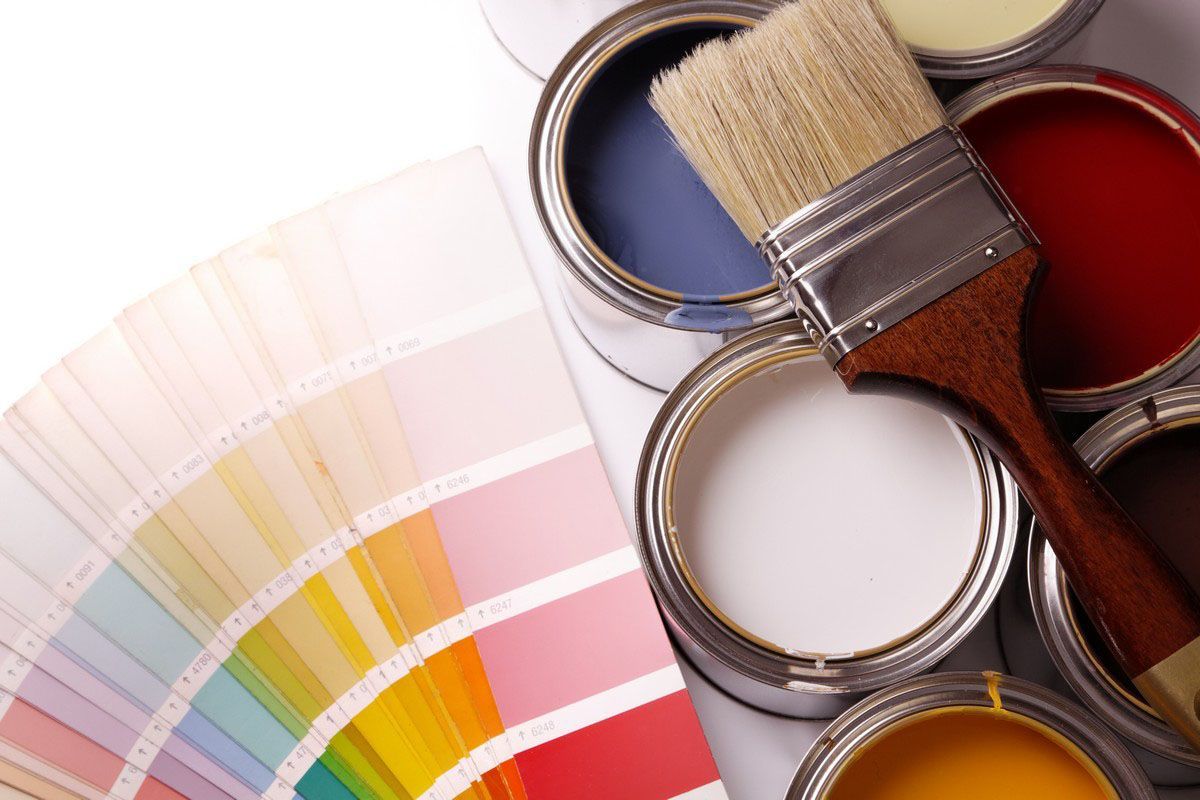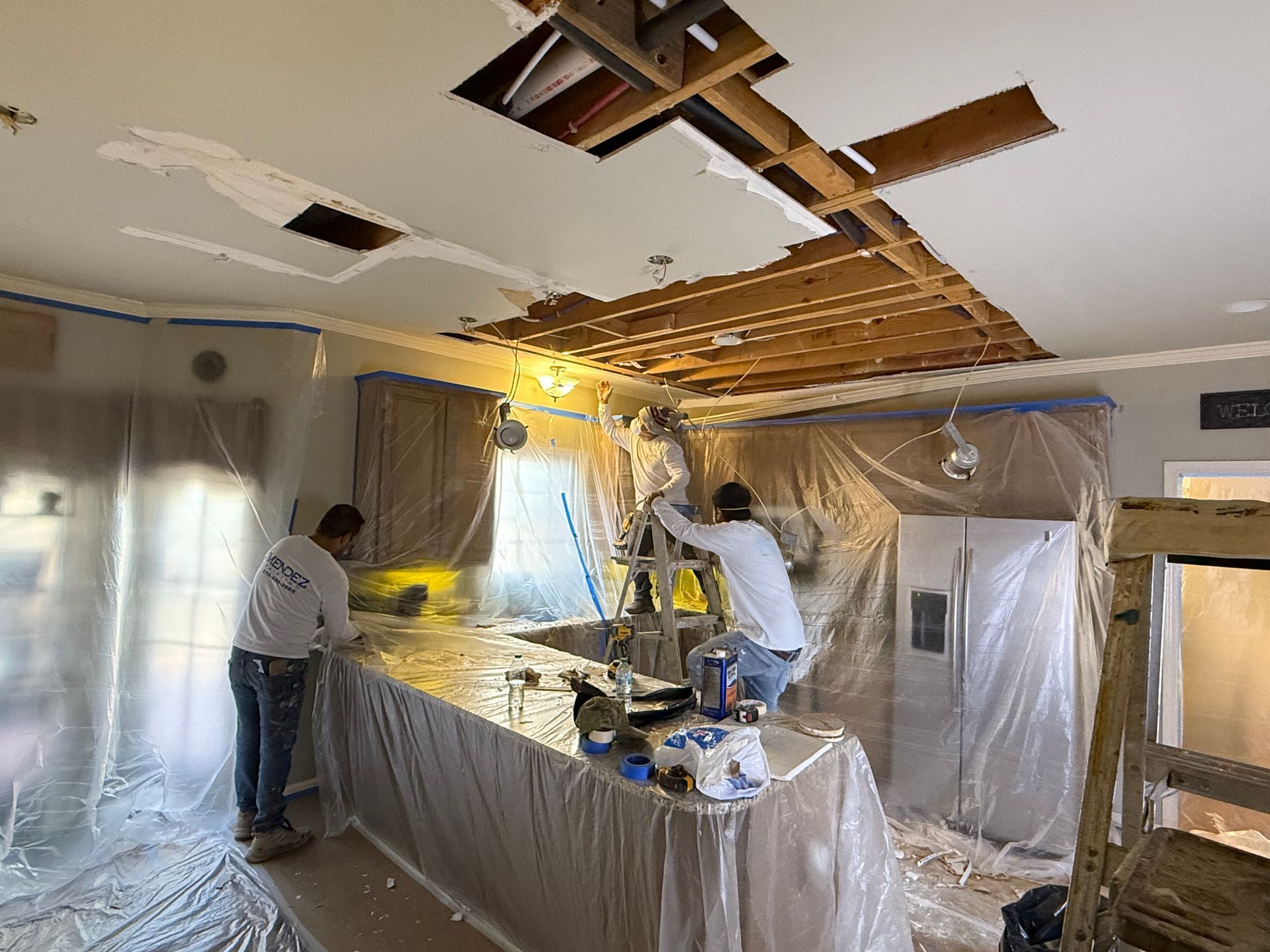Things You Didn't Know About Interior and Exterior Home Painting
Painting is more than just a chore before selling a house or sprucing up your home's exterior. It's an art form, a science, and sometimes even an adventure. Whether painting walls inside your home or giving your house a fresh look outside, it can dramatically transform the ambiance and value of your home. Here, we delve into some fascinating facts about interior and exterior home painting — facts that might just surprise you. Many homeowners choose interior painting projects to refresh their spaces and add personal style without major renovations.
The United States Uses Over a Billion Gallons of Paint Annually
First, let's look at the phenomenal volume of paint consumed in the United States alone. According to Workyard.com, U.S. consumers are estimated to use over 1.4 billion gallons of paint annually. This staggering amount of paint reflects not just a love for aesthetics but also the necessity to maintain and protect our homes. It’s an enduring tradition, painting our walls and exteriors alike, steeped in a mix of practical and creative purposes. Interior painting remains one of the most popular ways to rejuvenate a living space, proving that even small changes can create a big visual impact.
Modern Paint Technology is Revolutionizing Sustainability
Another captivating fact is the variety of paint formulations available today. Paint technology has evolved rapidly, offering options like zero-VOC (Volatile Organic Compounds) paints that are environmentally friendly and reduce toxic emissions. These eco-friendly alternatives ensure that while we're busy beautifying our homes, we're also considering the planet's health. Innovations have not only enhanced paint's durability and application ease but also changed how we think about sustainability. Some modern paints even feature self-cleaning or heat-reflective properties, helping homeowners save on maintenance and energy costs. Many brands now create sustainable interior painting products that protect indoor air quality and reduce environmental impact. The push for greener, longer-lasting paint products highlights how the industry continues to innovate for both performance and responsibility.
Color Psychology Shapes How We Experience Our Spaces
Color psychology plays a significant role in interior painting. It's well-documented that colors can influence mood and energy levels within a room. For instance, blue tends to evoke tranquility and calmness, making it a popular choice for bedrooms. Meanwhile, vibrant yellows can stimulate joyful feelings, perfect for kitchens or creative spaces. Understanding how colors interact with human emotions can turn an interior painting project into a harmonious expression of individual personality and lifestyle. Designers and homeowners often experiment with accent walls or contrasting tones to balance atmosphere and depth in different rooms.
Exterior Paint Colors Can Affect Your Home’s Energy Efficiency
Exterior house painting requires more than just personal preference in color. The choice of paint color can have practical implications, such as energy efficiency. Lighter colors reflect more sunlight, keeping a house cooler in warmer climates. Conversely, darker shades can help absorb heat, making them suitable for colder environments. The science of how paint colors can be strategically used to manage home temperatures is an intriguing aspect that many homeowners find valuable. Additionally, advances in reflective paint technology allow homeowners to enjoy darker shades without compromising on energy performance. While exterior hues are vital, pairing them with thoughtful interior painting selections can create a cohesive design that ties the entire property together.
Historic Preservation Through Paint Choices
Finally, have you ever considered that painting can be an essential part of historic preservation? When renovating older homes, choosing the right color that reflects the period's style can maintain architectural integrity. Specialists often study old paint layers to pinpoint the original colors and assist in accurate restorations. Thus, painting is not just about aesthetics; it's a tool for preserving history and bringing it back to life with each brush stroke. Restoration painters often work with heritage societies to keep these projects authentic and meaningful, proving that color has the power to bridge generations.
Home painting is much more than an aesthetic upgrade; it's a dynamic blend of tradition, science, psychology, and historical respect. Whether we're considering the enormity of 1.4 billion gallons of paint used annually, embracing eco-friendly technologies, or contemplating the mood-setting power of color, each aspect reveals the importance and versatility of painting. As we unwrap these intriguing facets, it's clear that a beautifully painted home goes beyond what's on the surface, reflecting deeper layers of creativity and thoughtfulness. The next time you pick up a brush for your next interior painting project, remember—you’re contributing to an art form that continues to evolve, protect, and inspire every stroke at a time. Looking for an interior painting company? Reach out to Mendez Painting today to learn more.






Share On: